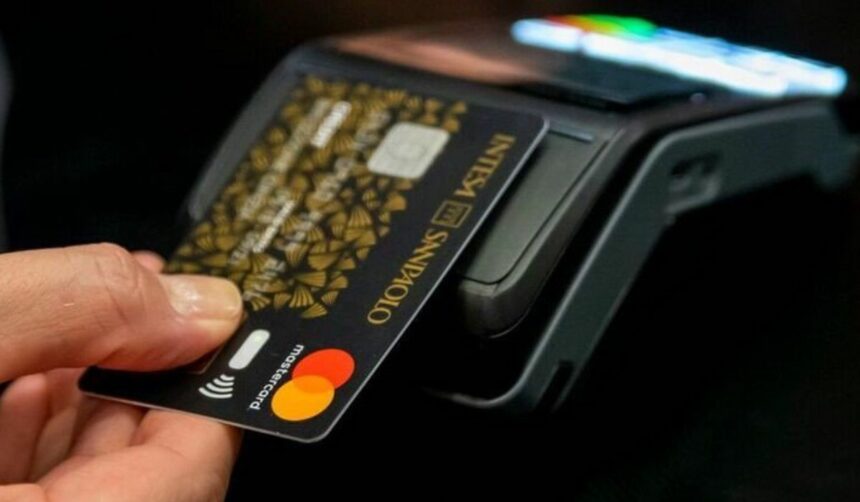Mastercard has introduced a suite of contactless payment solutions aiming to revolutionize payment acceptance for businesses in Nigeria, enabling easy and cost-effective card payments through innovative features like “tap on phone,” “QR Pay by link,” and “Payment link” on smartphones.
Recognizing the burgeoning growth of Nigeria’s payment market, the Central Bank of Nigeria (CBN) took substantial strides in shaping the future of payments.
The CBN initiated the Framework for Quick Response (QR) Code Payment in January 2021 and released the Exposure Draft of the CBN Guidelines for Contactless Payment in Nigeria in October 2022.
These guidelines established contactless payment as secure transactions utilizing Near Field Communication (NFC), Radio Frequency, or QR Codes without physical contact between the payer and acquiring device(s).
Mastercard’s contactless options aim to significantly reduce payment acceptance device costs, making it feasible for SMEs to adopt this technology.
By leveraging QR codes, Payment Links, and Contactless payments integrated with Mastercard’s secure payment acceptance technology, even small businesses can accept payments conveniently and securely using their low-cost smartphones.
Kari Tukur, Vice-President of Customer Solutions, East and West Africa at Mastercard, emphasized the significance of seamless and cost-effective digital payment solutions, especially for small businesses and consumers.
Tukur reaffirmed Mastercard’s commitment to driving innovative payment methods, fostering financial inclusion, and catalyzing economic growth in Nigeria.
He said customers can expedite transactions by tapping their mobile phones, bypassing cash payments or card swiping, significantly enhancing the overall checkout experience.
According to him, the embedded NFC technology ensures swift and seamless payment processing, reducing transaction times and freeing business owners to focus on other operational facets like inventory management.
He added that the initiative aligns with Mastercard’s commitment to digitally include 1 billion individuals and connect 50 million micro and small merchants to the digital economy by 2025.










